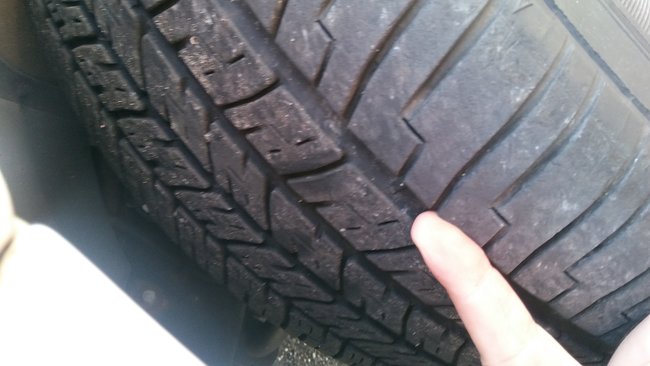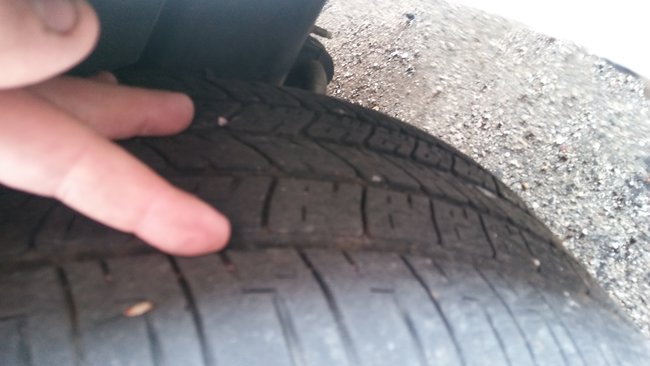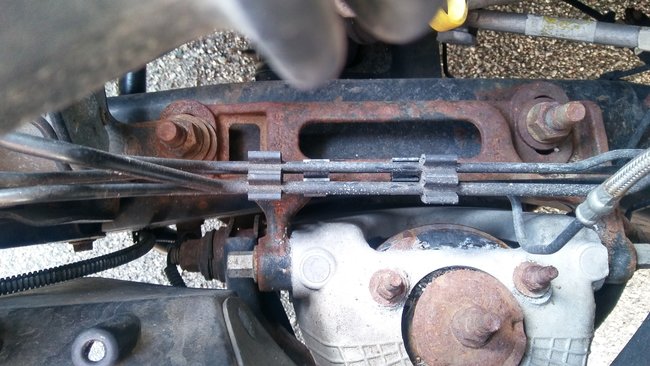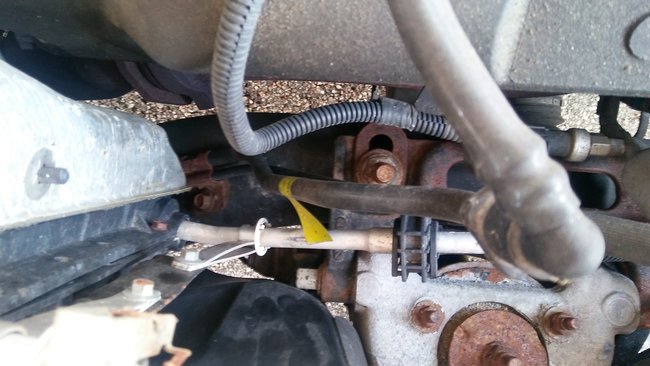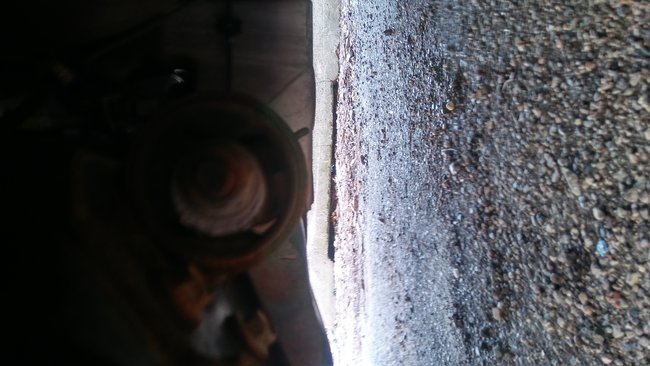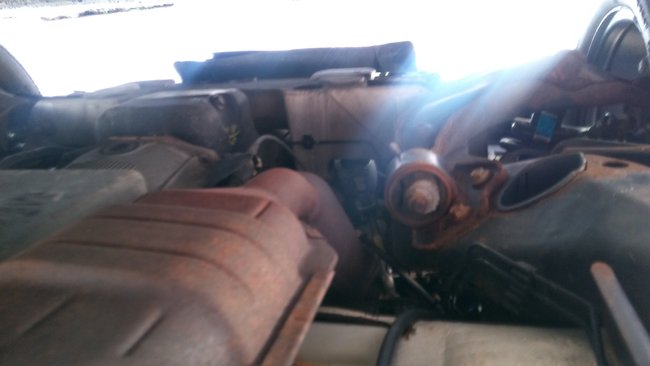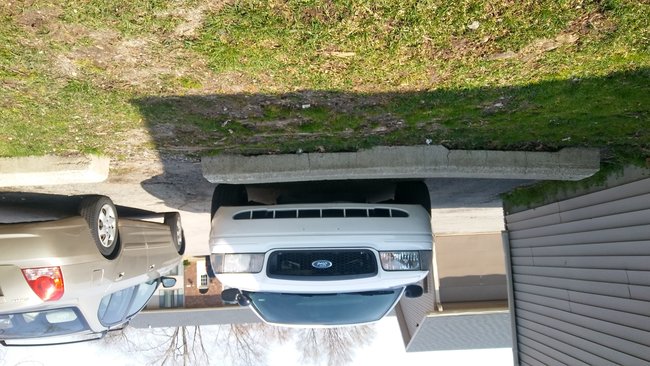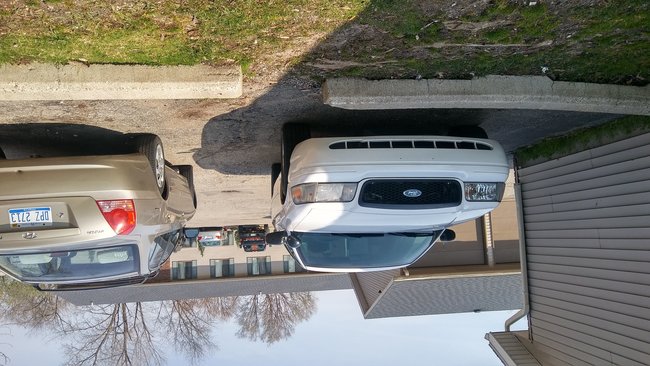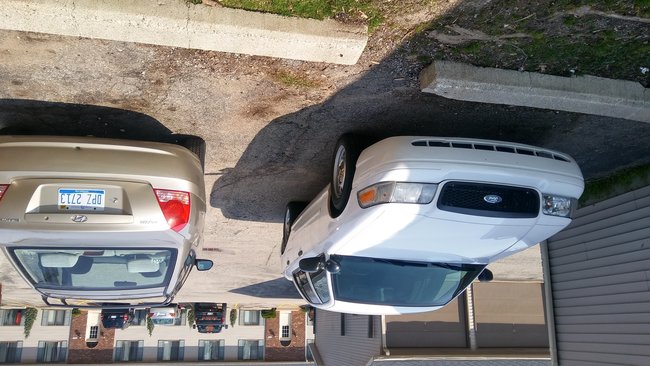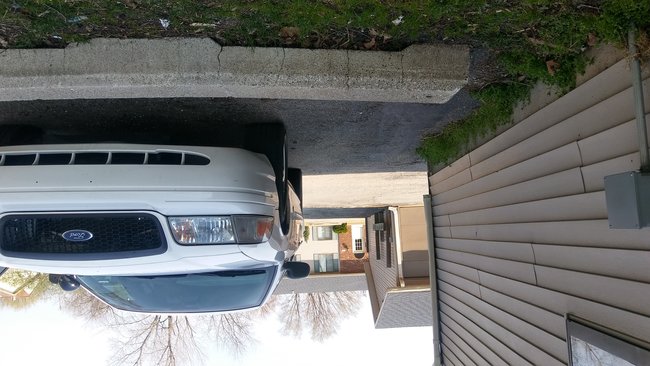Bought car steeeing suspension felt pike new. Noticed stabilizer bar moved excessively after looking for a squeek(hood stops, lol) anyways I noticed the bar was very easily moveable by hand left an right until bar hit metal ring stops. Bushings werewore out so I replaced them and being my first time and in a hurry I just installed to where it was upon removal. After driving it for about 3 weeks I noticed the left tires toe was noticeably toed out on left wheel and on the righ wheel to but not as much I also notices the steering wasnt as tight and was not the same as before stblzr. Bushings were replaced. I was worried because I looked it the wheel geomatry when I bought it in the same spot and nothing jumped out at me and this extreme toe def. Would have im sure. I know tie rods usually cause toe problems but when inspecting component s I noticed. The upper control arm alignment bolts wereset roughlt in the middle but a bit offset on the dr. Side and the pass. Side bolts were all the way or damn close all the way adjusted gointowards engine which had me worried. The lower control arm bushing bolts were both offset towards the pass. Side so much that they squiched the rubber bushings to pass. About a 1/4" or so. My end links are not even close to being in line with each other. Lower and upper ball joinys on both side were in great shape but one or two had zerks on the pass. Side so they are diff. Aftermarket ball joints. The ones that had no zerks looked like motorcraft oem. Upper control arm bushings looked good to me. And the other side of the lower control arms that atatch to alum rack n pinion support looked decent. Front had what looked like newer springs cleaner with a newer shock on pass. Front. And a original oem on dr. Side front. Car bump steers over bumps but handles them smoothly and at 75 80 mph I get a front end rattle. Steering whee speedl sensor connector on dr. Side fell out of clip wire pins were pulled out with wires when I knicked it with stabilzer bar during bushing install but no light lit until it kep falling back out the following next week so I thought the steering wheel responsive ness and awkward feel turning left was from that being off aince it has variable assist ps. I know someone on here is a alignment. Geometry wizard but cant remember his SN. Thats why I described everything in such detail. I am afraid I have a bent frame but it looks fine and I know nothi g about how bad the alignment can get when repairs are done by novices or a huge pothole was hit. I did hit a pretty huge pot hole before and it went thud pretty loud but I didnt noticw any changes in feel after I hit it. Please someome tell me my frames isnt bent. Oh and the camber negative at bottom and positve top a bit on both front wheels the rear wgeels look a tiny bit off align. And both front and rear pass. Tires are worn decently even but are at about 20% trad and dr. Side tires are wore dececently even but both have about 50% tread. I already have a ps whine and trans whine so I wanna know if the frame is bent it is just a lost cause drive it till it dies. Also the lower steering shaft had recall replacement but the upper one looks pretty rusty.
Oh please help me I am so mad at myself for going off of feel and not checking all componants before I bought a beat on police car. Thought I got a good one! Funny thing is even woth all problems stoll drive nice and shifts and steers pretty good while driving normally. It barely even pulls to the right on the highway. Fords can take a beating thats for sure
SPONSORED LINKS
Friday, April 14th, 2017 AT 6:43 PM
